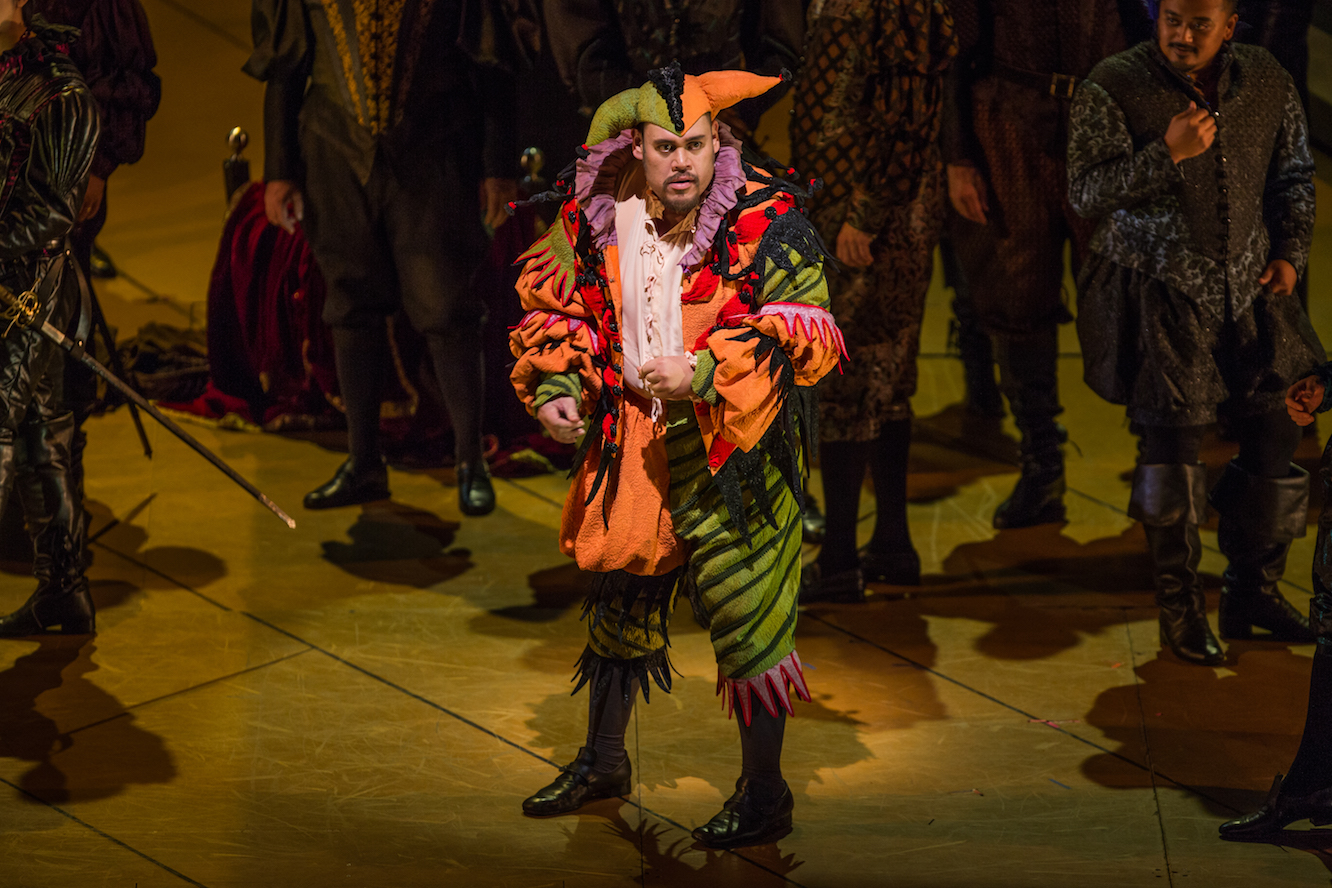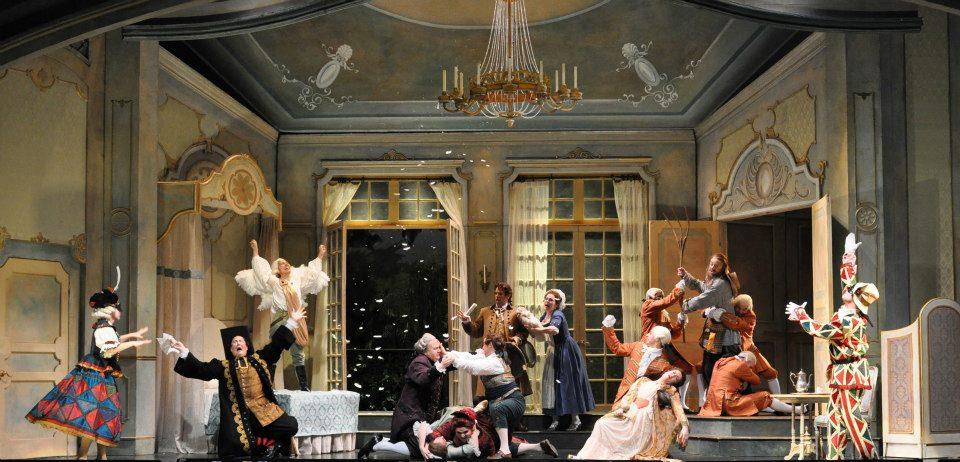You may have heard the term recitative when you hear people talk about opera, but what exactly is recitative? This is my definition of recitative – any semi-spoken, semi-sung non-repetitive part of an opera that advances the action. Typically, the earlier the opera is, the easier it is to distinguish between recitative and other operatic sections, such as arias or ensemble pieces.
Don’t just take my word for it; listen to the great Leonard Bernstein talk about recitative…
There are a couple types of recitative:
- Recitativo secco, or “dry” recitative. This is the easiest to recognize because it is simply a vocalist with a continuo accompaniment, typically a harpsichord or a fortepiano. An example:
Listen to this section from Rossini’s Il Barbiere di Siviglia, beginning around 23:00 - Recitativo accompagnato – this is recitative accompanied by a full orchestra. You’ll often notice an inconsistent musical tempo that varies with the words being sung/spoken. An example:
Donna Elvira from Mozart’s Don Giovanni
A related operatic device is the arioso, which is often difficult to distinguish from recitativo accompagnato. An example:
Listen to the first couple minutes of this excerpt from Verdi’s La Traviata
Do you hear the spoken feel of recitative with the more consistent tempo of an aria?
Historically, recitative is where the action happens – quarrels between characters, storytelling, love confessions, and the like. Arias and ensemble pieces, the “songs” of an opera, are typically where we get reflection on the actions explained in the recitatives.
As I mentioned above, the earlier the opera, the more these distinctions and definitions hold true. By the mid to late 1800s (think late Verdi and Wagner and early/middle Puccini), composers were pushing the limits of these conventions, thus blurring the distinct boundaries found in most operas of the previous two centuries.



1 Comment
American Soprano Robin Johannsen on Baroque Opera and Her Career · January 27, 2017 at 11:19 am
[…] is often left to the conductor to decide what instruments will play which arias and especially the recitatives. This means that if you see a production of the same baroque opera in two different opera houses, […]
Comments are closed.